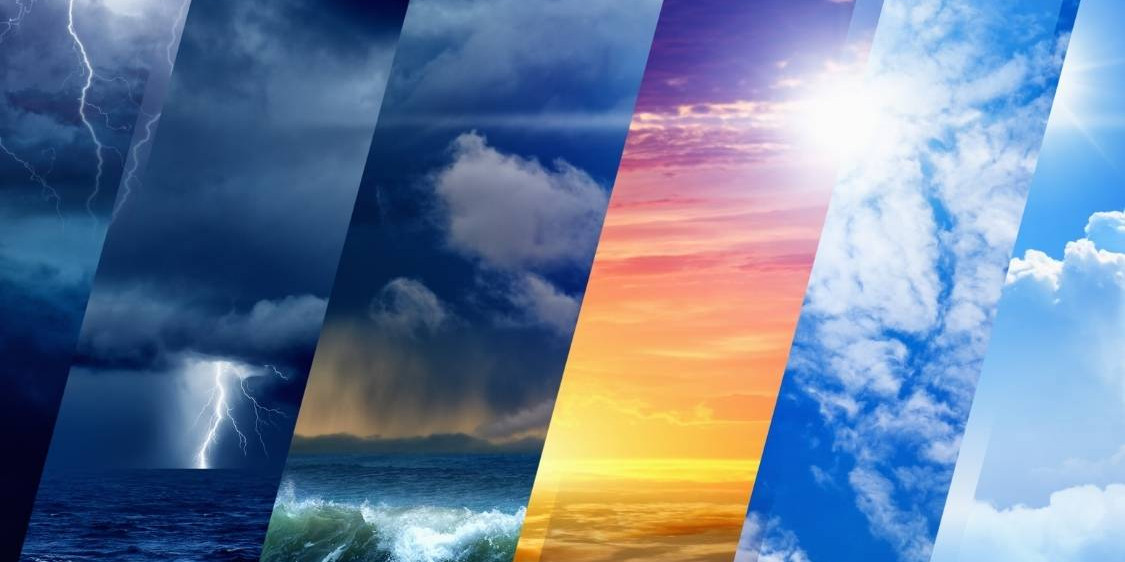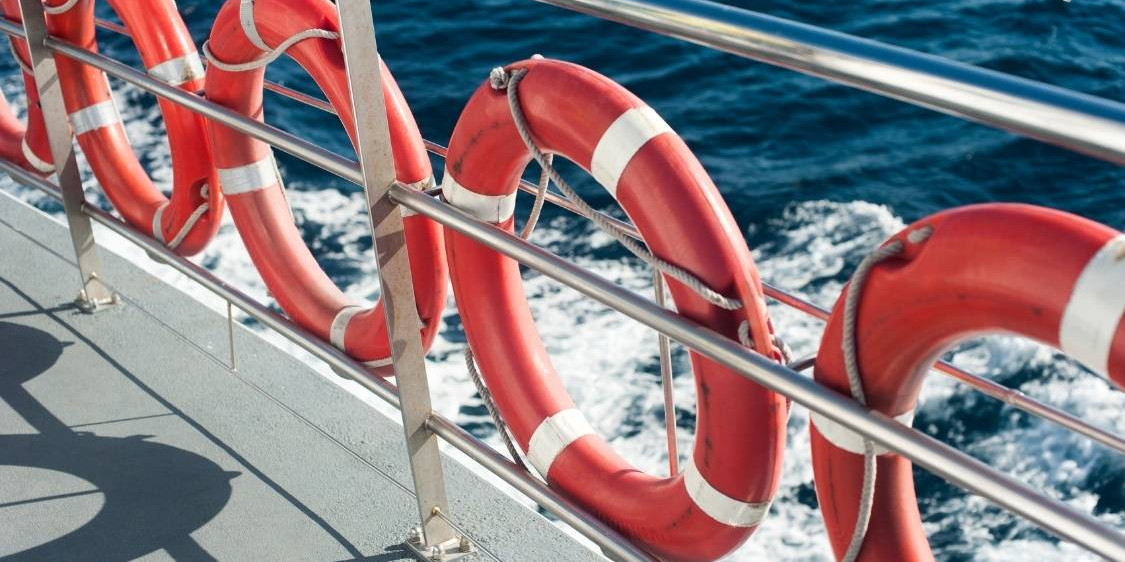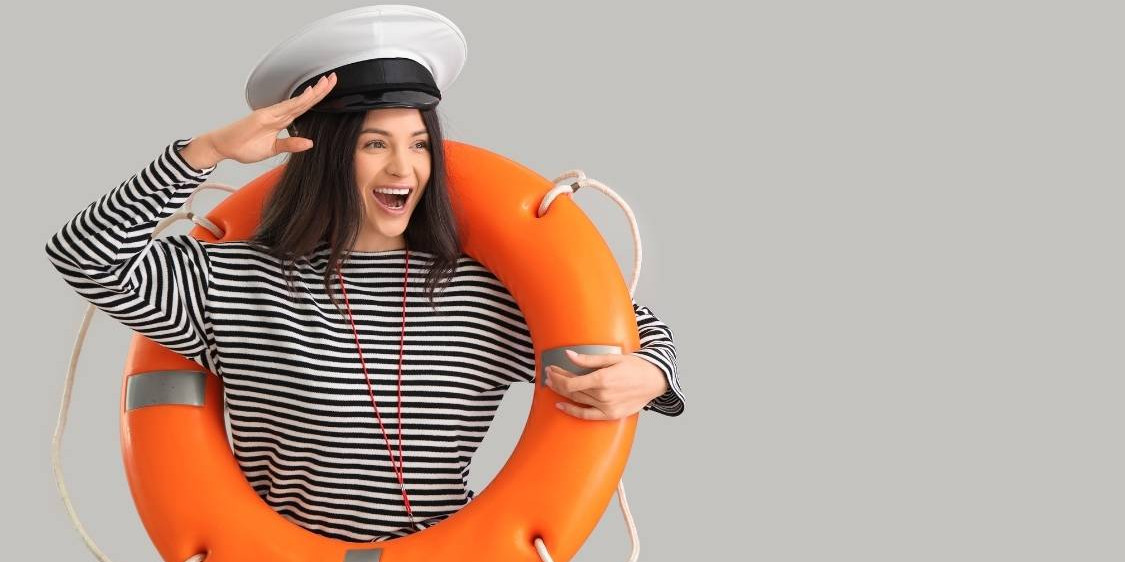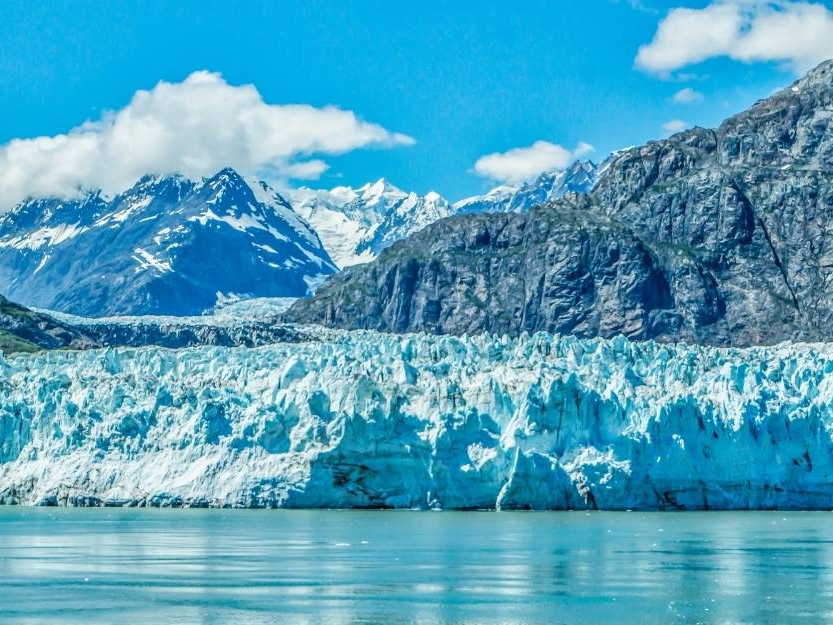
Safeguarding Journeys Across Alaska’s Waters
Maritime Safety & Navigation for the Modern Era
The seas around Alaska are among the most breathtaking in the world but also some of the most challenging. At USCG Alaska, we focus on the critical areas of maritime safety, navigation and preparedness that every seafarer, fisher or adventurer must know. Whether you are navigating icy channels, understanding maritime laws or equipping your vessel for long voyages, knowledge is the anchor of safe travel.
Protecting Lives and Vessels at Sea
Why Maritime Safety Matters
Operating in Alaska’s waters requires more than skill, it demands awareness. Changing weather, icy seas and remote coastlines create unique hazards. By staying informed about safety protocols, rescue procedures, and navigation standards, mariners reduce risks and ensure smoother journeys.
At USCG Alaska, we explore essential topics such as:
- Emergency preparedness for severe weather conditions
- Best practices for vessel safety and inspections
- Communication systems for remote maritime areas
- Compliance with maritime safety regulations
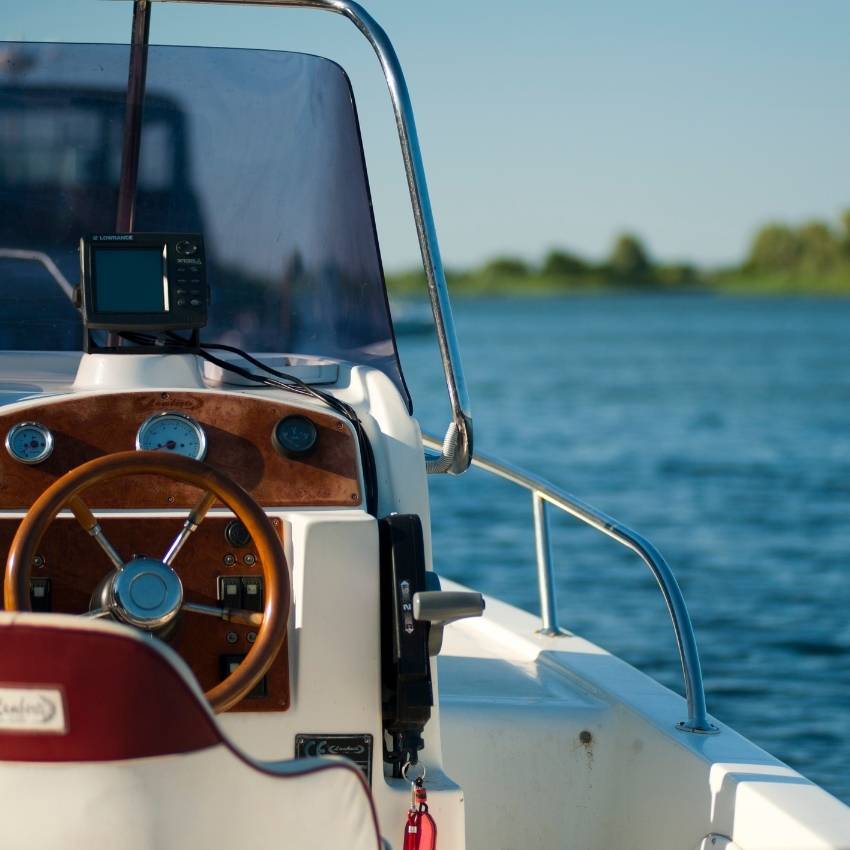
Stay Safe, Sail Smart
Navigate Alaska’s Waters with Confidence
Discover expert insights, safety practices and navigation strategies designed for the world’s most challenging seas.
Training, Knowledge and Action
Building a Culture of Preparedness
Maritime safety and navigation thrive when there is a culture of training and preparedness. From crew drills to safety audits, being proactive saves lives. Alaska’s challenging waters demand resilience, adaptability and discipline qualities built through constant learning and preparation.
USCG Alaska provides guidance on:
Safety training and certifications
Search and rescue coordination
Preventative vessel maintenance
Emergency communication strategies
A prepared crew is a confident crew, ready to face the challenges of the sea.
Insights Into Tides, Currents & Conditions
Navigating Alaska’s Unique Waters
Alaska’s waterways are unlike any other. Strong tidal currents, unpredictable storms and glacial icebergs require precise navigation skills. Mariners must rely on updated charts, GPS systems and an understanding of local geography to make informed decisions.
From Arctic passages to Gulf of Alaska crossings, navigation in this region blends tradition with advanced technology. Learning to anticipate conditions and prepare routes can be the difference between a successful voyage and one that puts crew and cargo at risk.
“Navigation is more than charts and compasses, it’s the art of turning uncertainty into safe passage.”
Stay Informed
Get the latest maritime safety updates, navigation insights & resources delivered directly to your inbox.
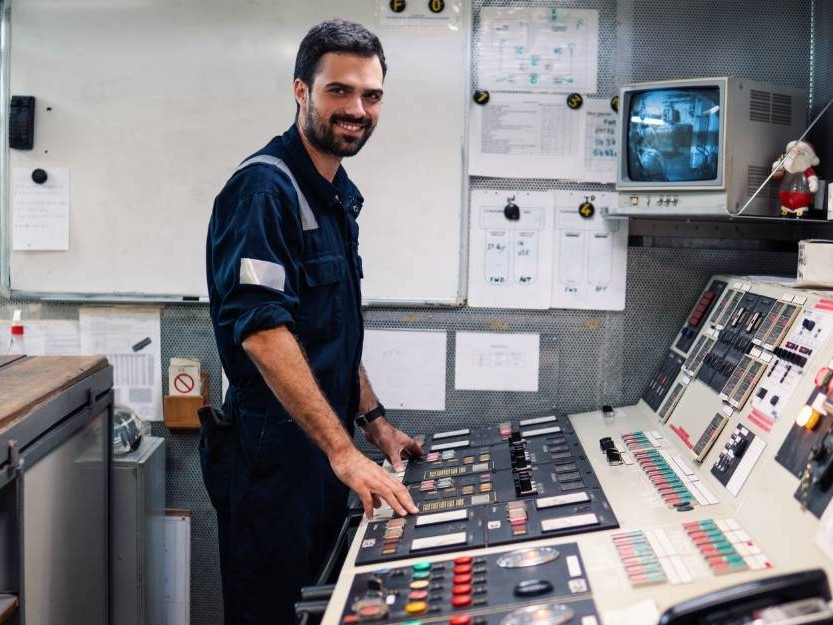
Technology Meets Experience
Essential Tools for Modern Mariners
Today’s maritime industry benefits from cutting-edge tools designed to keep seafarers safe and efficient. Tools such as AIS (Automatic Identification Systems), satellite weather monitoring, and digital nautical charts are now critical components of navigation.
At the same time, the fundamentals of seamanship understanding wind, waves, and visibility remain irreplaceable. True navigation means balancing digital innovation with hands-on skill, ensuring mariners are prepared in every scenario.
Knowledge That Saves Lives
Master Maritime Safety Today
Equip yourself with the tools, training and awareness needed to protect your crew and vessel on every voyage.
Frequently Asked Questions
Everything you need to know about maritime safety.
A: Alaska’s waters are among the most unpredictable in the world, with strong tides, icy seas, and sudden weather shifts. Maritime safety ensures vessels and crews are prepared for emergencies, reducing risks in these challenging conditions.
A: Modern mariners rely on a combination of digital tools—such as GPS, AIS (Automatic Identification Systems), and satellite weather tracking—along with traditional seamanship skills like reading tides, charts, and local landmarks. Together, they provide the most reliable navigation strategies.
A: Preparation includes conducting safety drills, maintaining emergency communication equipment, and ensuring vessels are regularly inspected. Mariners should also carry survival gear, stay updated with forecasts, and have a clear emergency action plan.
A: Training in cold-water survival, vessel safety inspections, search and rescue coordination, and navigation certifications is highly recommended. A crew trained in emergency procedures has a greater chance of preventing accidents and responding effectively when crises occur.
A: The future of navigation is shaped by technology and sustainability. AI-driven route planning, eco-friendly vessel systems, and autonomous navigation tools are becoming more common, complementing traditional seamanship to create safer and more efficient maritime operations.
For anyone who spends time on the water—whether as a commercial mariner,…
Navigating the open ocean is both exciting and challenging. For beginners, the…
The open sea offers freedom, adventure, and opportunity—but it also comes with…
Practical Tips for Real World Navigation
Access essential guides and advice tailored for Alaska’s unique maritime conditions.
 © 2025 USCG Alaska. All rights reserved.
© 2025 USCG Alaska. All rights reserved.

